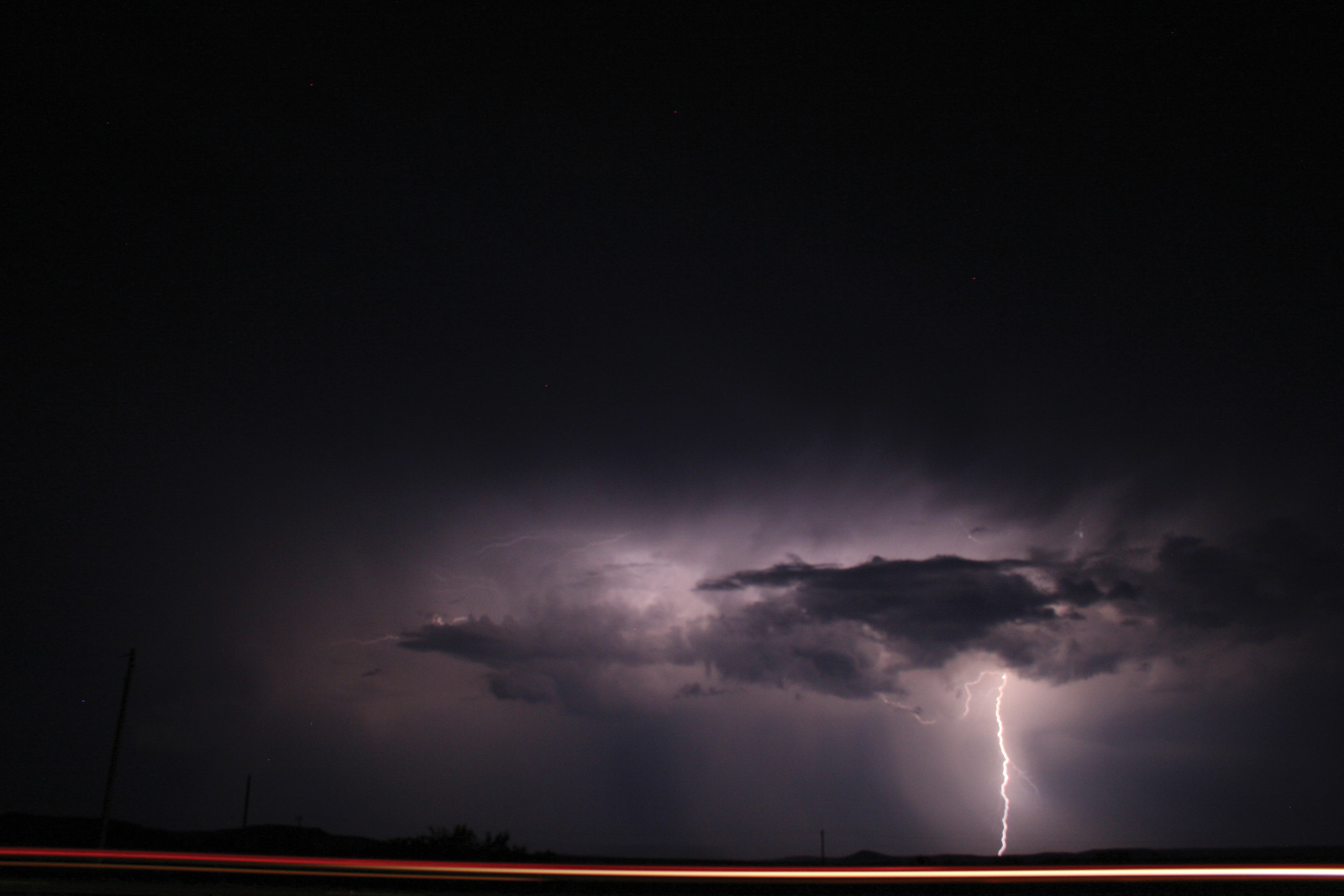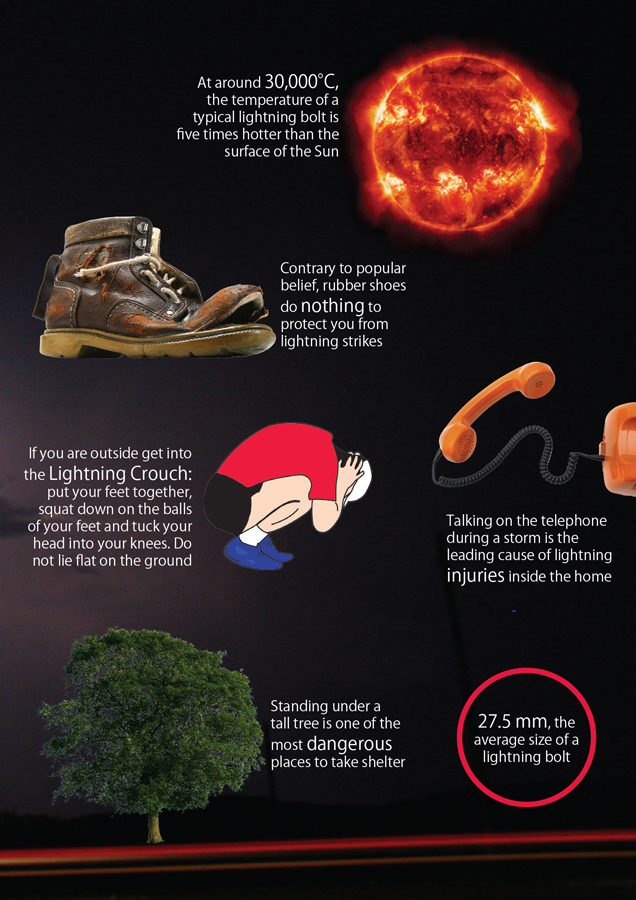Local legend in Cambodia tells us that thunder and lightning is nothing more than a battle of wits between Moni Mekhala, the goddess of water, and the giant Ream Eyso. Armed with a golden axe, Ream Eyso is desperate to steal the goddess’s powerful diamond-studded glass ball. When he throws his axe at her, the heavens roar with thunder; when she throws the glittering ball to safety, the sky is alive with forks of light.

But glittering balls and old wives’ tales aside, the reality on the ground is that lightning is one of Cambodia’s deadliest killers. So far in 2009, it has killed more than 135 people, a significant leap from the 95 reported deaths for the whole of last year. And the rainy season is yet to strike in earnest.
“For a population of 14m this is a very high number,” says Seth Vannareth, deputy general inspector and director of the department of meteorology. His view is borne out by figures from the US national weather service, which reported that on average 73 people die from lightning strikes each year in America.
“To produce lightning you need thunderclouds. To produce thunderclouds you generally need moisture and heat, and both are plentiful in Cambodia, especially during the rainy months,” Vannareth adds. At any given moment around the world there are 100 lightning strikes every second with attendant shafts of 30,000 degree heat – five times hotter than the surface of the sun – and lightning bolts that travel at 22,000kph.
She says the deaths have a knock-on effect in the community. “A family is put under financial strain if the breadwinner is killed” and a commune’s livestock is at significant risk with about 36 animals known to have been struck down so far this year. It is therefore something of a mystery that Cambodia has only recently started collating lightning statistics.
With few mountains and large bodies of standing water, the country’s an electrical magnet. “Water and metal conducts electricity and have the capacity to send the energy for a long distance. We advise people during a storm to avoid working in paddy fields or fishing during a storm. Also remember, electricity can travel more than 15 metres around the point of impact,” says Vannareth.
She warns that although lightning usually seeks the tallest object, it isn’t always the case. If there is a rule, it’s that no-one is 100% safe during a thunderstorm.
Golfers and sports fishermen are at great risk since the advent of graphite rods and shafts. During a storm it’s best to put your clubs in the bag and your rods on the ground and leave them there untouched until the storm subsides.
In an effort to curb the number of fatalities, the government launched a public information campaign in September aimed at warning people about the dangers of lightning. According to its experts, avoiding lightning strikes is all about where you are.
The best place is to head for a large building or get into a car, being careful not to touch the metal of the body. Never shelter under an isolated tree and avoid open fields and water. If you are caught out in the open, do not lie on the ground but adopt what’s called the lightning crouch (see picture).
Use the 30/30 rule to determine how close you are to the threat. At the first hint of lightning count the seconds between seeing it and hearing the first clap of thunder. If it is 30 seconds or less the lightning is very close, so seek shelter and stay put for 30 minutes until you hear the last rumble of thunder. Lightning can strike many kilometres away from the edge of a thunderstorm.
“Unfortunately, people leave their safe areas too quickly and get hit,” Vannareth says. “We strongly advise that you don’t take any risks with this killer.”


